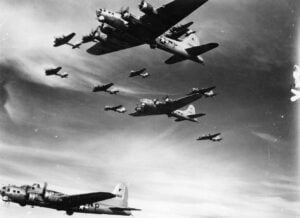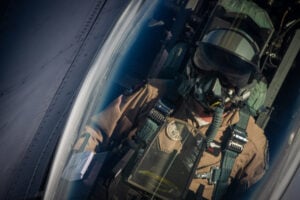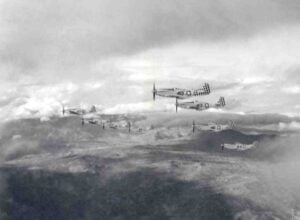Why Some Lancaster Crews Flew Without Bomb Bay Doors
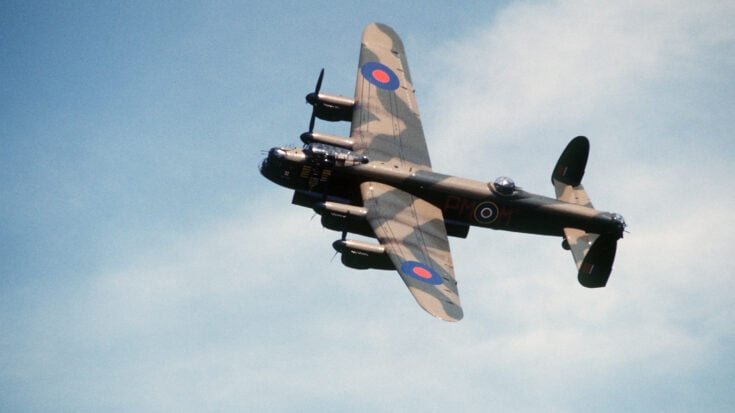
Wikimedia CC
In late 1944, Royal Air Force ground crews received strange and alarming orders. They were told to strip the bomb bay doors off several Lancaster bombers, remove certain defensive turrets, and accept a serious drop in speed for an aircraft that was already heavy and slow. To the men who maintained and flew them, the orders seemed suicidal.
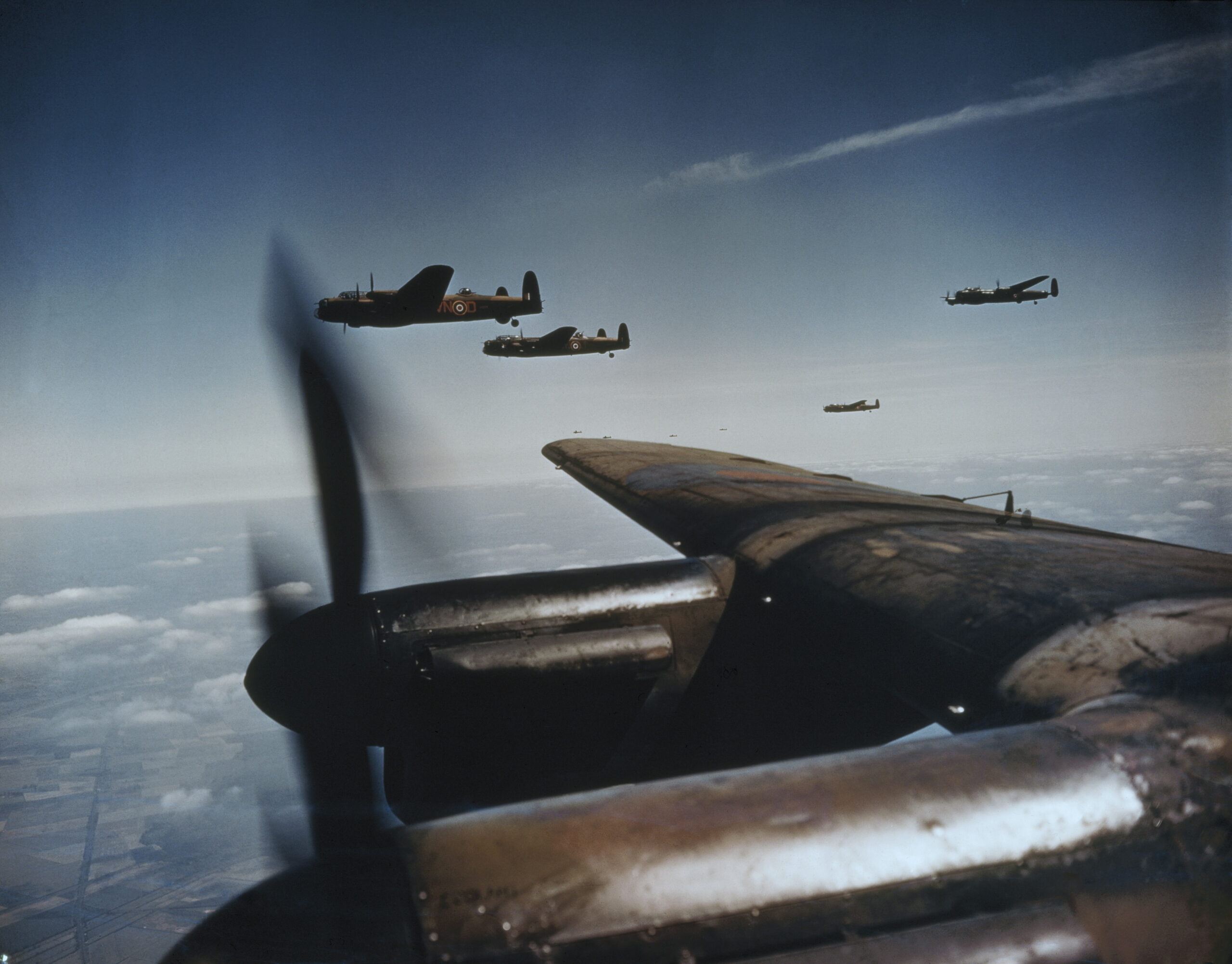
Without bomb bay doors, the aircraft would face increased drag, reduced performance, and greater vulnerability if intercepted. Yet the orders came directly from the top, backed by Air Chief Marshal Sir Arthur “Bomber” Harris himself. Crews carried out the modifications, confused but obedient.
What they found defied logic. Instead of becoming lighter, the modified bombers actually gained weight. The open bays created severe aerodynamic drag that slowed the Lancaster by as much as 20 miles per hour. Maintenance access was easy even with the doors installed, so that couldn’t have been the reason.
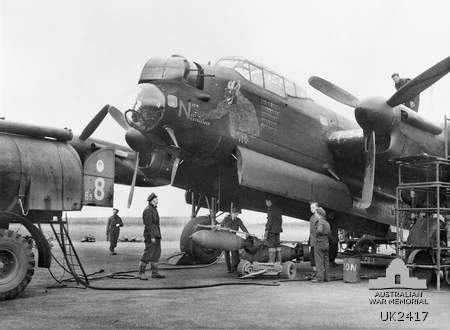
Still, these peculiar aircraft were given the highest priority missions. Only 30 to 40 bombers were modified this way, suggesting they were being prepared for something unique. As the war entered its final months, even the most seasoned crews had no idea what was coming.
The Secret of the Grand Slam
In March 1945, the mystery was revealed. A doorless Lancaster roared toward the Arnsberg Viaduct in Germany carrying a single, enormous bomb. The weapon was the 22,000-pound Grand Slam, the largest conventional bomb ever built during the war.
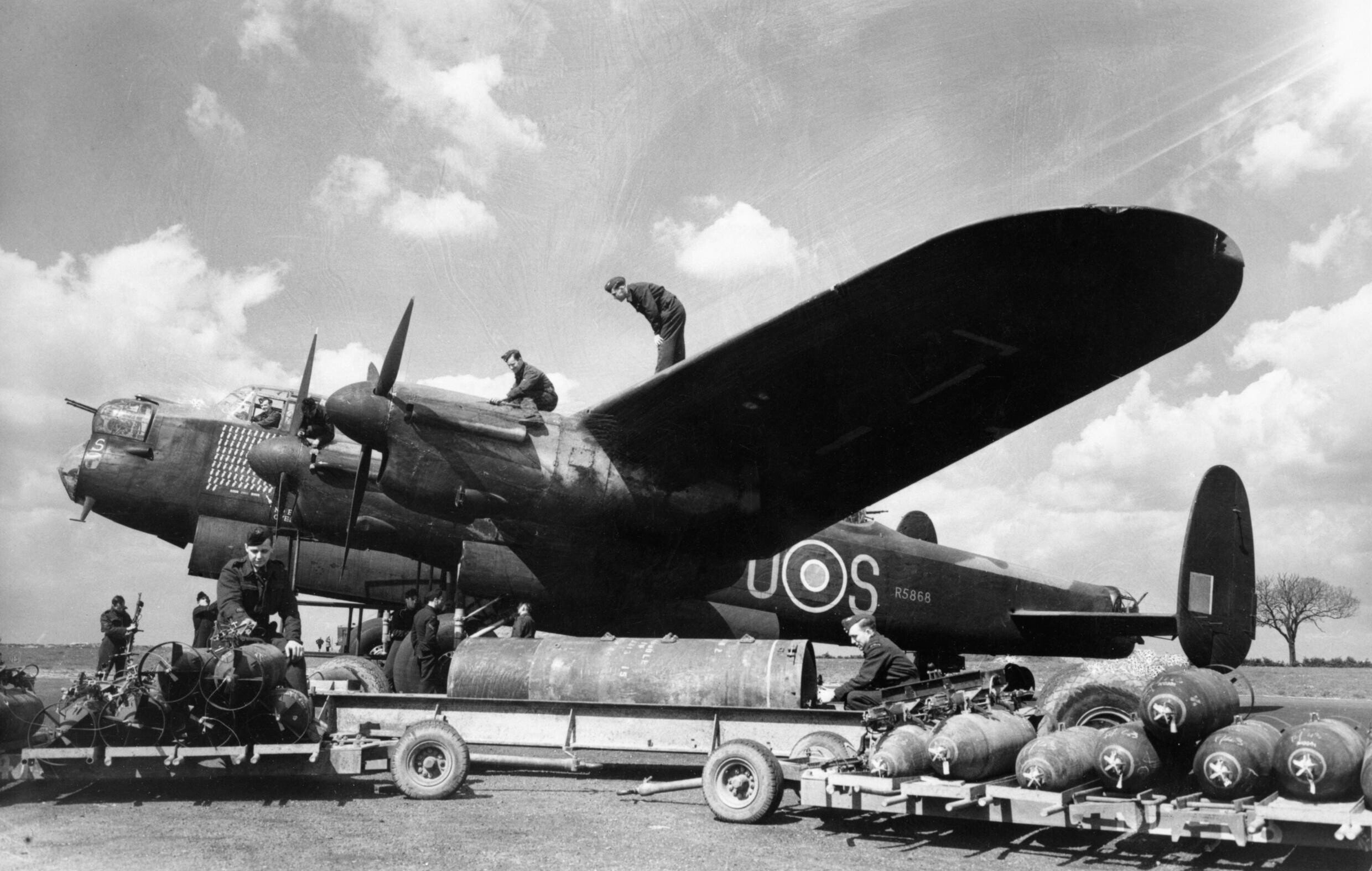
Nicknamed the “earthquake bomb,” the Grand Slam was designed by British engineer Barnes Wallis to shatter hardened targets with sheer shockwaves. But there was one major problem — it was too big to fit inside a standard Lancaster. To carry it, engineers had no choice but to remove the bomb bay doors entirely.
A Giant’s Burden
The modified Lancasters, known as “Specials,” were stripped of defensive armament to save weight and strengthen the bomb bay for the massive payload. Flying slower and lower than usual, they were extremely vulnerable, but their missions were crucial.
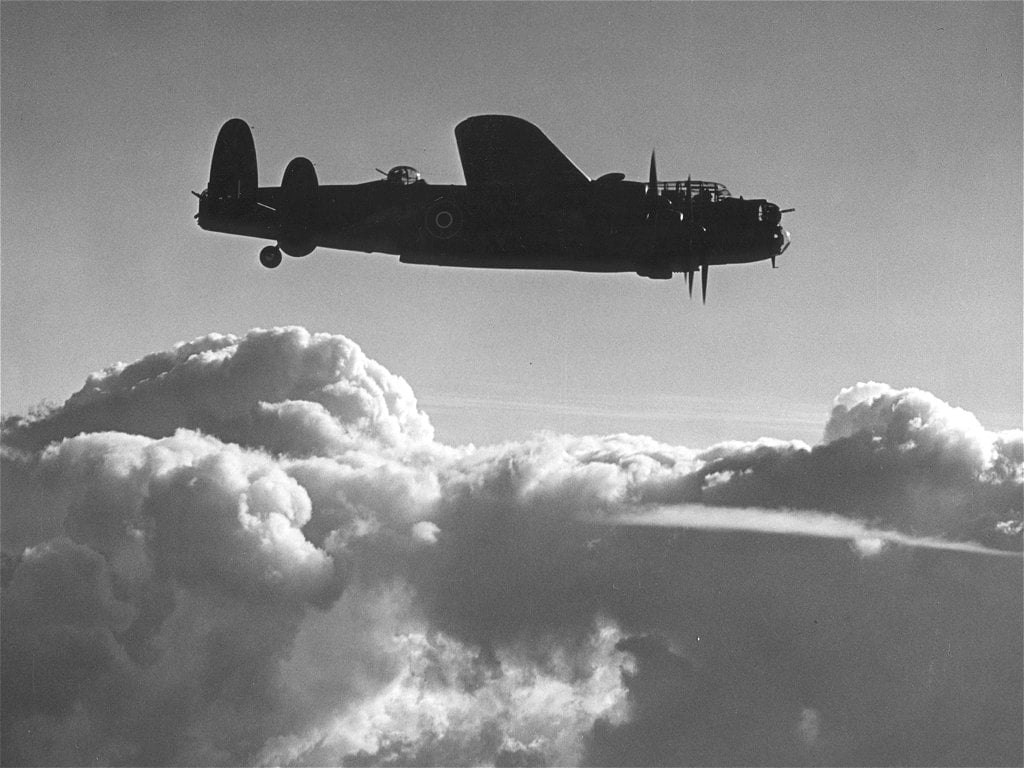
On that March day, the Grand Slam smashed through the viaduct with devastating effect. It proved that the strange, doorless bombers had served a vital role. What began as a baffling modification ended as one of the most remarkable engineering feats of the air war.















